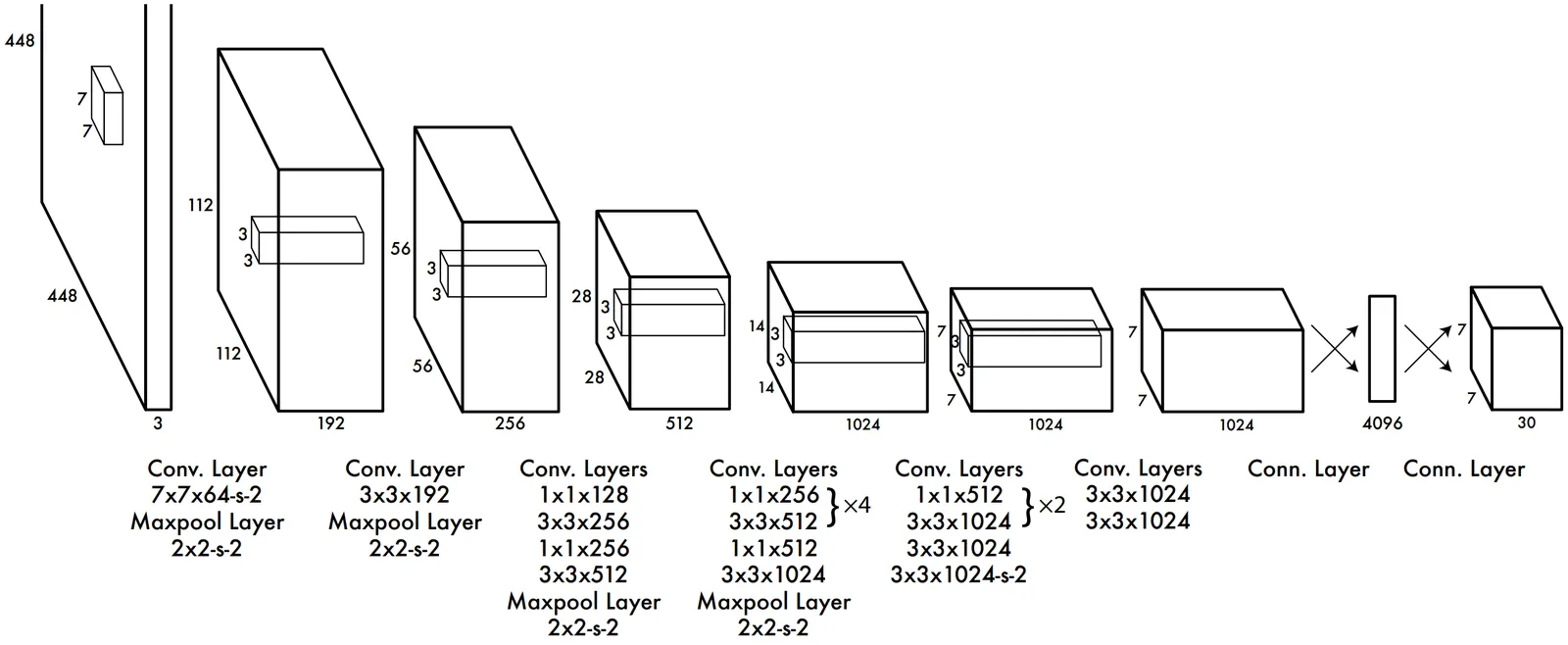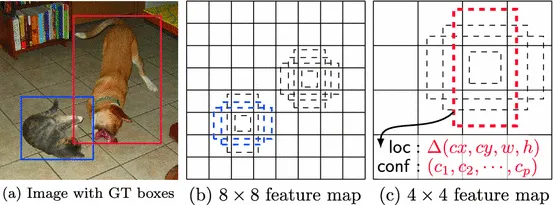An overview of contrasts and variations between the two object detection models
Cameras have become all-seeing digital eyes. We see cameras around every corner of the streets, in vehicles, stores, our homes, and our hands at all times. Besides entertainment, we use them for security purposes. That demands an intelligent system that can interpret the live video streams and take action as humans do. Here, the object detection tools come into action.
YOLO (You Only Look Once) is an open-source object detection system. It can recognize objects on a single image or a video stream rapidly. SSD (Single-Shot Multi-box Detection) detects objects with high precision in a single forward pass computing feature map. It can work on video live-streams with a discreet exactness trade-off.
Both YOLO and SSD are top object detection tools, one quicker and the other more precise. We will compare the two technologies and find fitting scenarios where each works better. We will also compare them one-on-one concerning their features.
You can also check out a case study on how Algoscale performed Real-time Object Detection with YOLO.
YOLO
YOLO was founded in 2015 by Joseph Redmond. It uses CNN to detect all objects YOLO was founded in 2015 by Joseph Redmond. It uses CNN to detect all objects in a frame simultaneously. Instead of using multiple passes on an image for each object present, YOLO divides images into a grid and applies a single CNN on it once.
Because of a single forward pass, YOLO is rapid and has immense accuracy. It can detect objects in real-time on live video streams at 65 FPS approximately. It also uses Intersection over Union (IoU) methodology (discussed later in the article) to determine multiple objects of the same class in a single image.
You can read Algoscale’s article about YOLO Object Detection using ResNet as Feature Extractor.
SSD
SSD is a deep-learning model for object detection and localization. Like YOLO, it uses a single forward pass for the recognition of objects from the whole image. It is a simple yet effective approach. The feature that sets it apart from YOLO is its approach to bounding-box regression.
Methodology and Architecture

YOLO algorithm works in three steps: residual block or gridding, bounding-box regression, and IoU. First, the image is divided or mapped into a grid known as a residual block. Instead of passing CNN in loops for each object, it covers the image in single forward-pass checking each cell. The model detects the object if a cell contains the center point of its bounding box.
The model produces an integrated result matrix if a cell contains center points of many objects classes. Bounding-box regression occurs when there are overlapping bounding boxes. It checks if the object classes of bounding boxes are the same or different. The model applies IoU to determine how much bounding boxes overlap for the same object class. For overlap scores above 50%, extra bounding boxes get eliminated. It chooses the center point of the bounding box with an average score. This is called non-max suppression since the bounding box does not eliminate because of the score.


Bounding-box regression is the main functional difference between YOLO and SSD


SSD has two main components: multi-scale feature maps for detection and convolutional predictor. A multi-scale feature extractor is a pre-trained model to classify images. The convolutional predictor is a set of layers that take input from multi-scale feature maps.
SSD also divides the image into a grid. Each cell recognizes objects within itself. The output is zero if there is or no object.
The main difference between YOLO and SSD is dealing with multiple bounding-box of the same instance of an object. SSD uses priors (anchor box). Priors are pre-calculated fixed-size boxes, similar to original ground-truth boxes, which take the approach of IoU with a score of more than 0.5. They set the initial course for bounding-box regression.
The convolution model then regresses closer to the ground-truth bounding boxes providing more precision and lesser trade-off.


Pros and Cons
YOLO provides a high speed of 45 FPS for large networks and 150 FPS for smaller ones. Moreover, YOLO generalizes the image and does not take a toll on processing memory.
YOLO gets comparatively more localization errors and has difficulty detecting close objects.


SSD as their representative, are more cost-effective compared to the two-shot detectors. They achieve comparatively better performance in a limited resources use case. It has a very modest exactness trade-off. SSD recorded 59 FPS with mAP 74.3% on SSD300 and 22FPS with mAP 76.9% on SSD500.
However, SSD has slightly less accurate in detecting smaller objects. Its speed can get low if the model is gigantic.
Application and Examples
YOLO and SSD both have tons of applications. Some of the applications include traffic monitoring, media forensic, and security.
YOLO is better where we can ignore a slight inaccuracy. Some examples are live traffic monitoring, life form detection in inaccessible areas, and fruit-vegetable monitoring.
SSD is beneficial for more precise object detection. It is more suitable for video forensics, legal detections, and landmark detections.
Algoscale utilizing Object Detection
We hope that this article was insightful and increased your knowledge about the technologies in the subject. Algoscale intends to bring out the best learning possibilities for you through our tech corner.
Both YOLO and SSD are technologies that are unique in their way. If one provides rapid results, the other gives preciseness. Their use depends on the scenario; we cannot cherry-pick.
Object detection is a big part of intelligent systems today. Everything from security measures to entertainment utilizes object detection methodologies. Integrating these tools and technologies into your business models can be a step forward.
Algoscale provides data science and marketing analytics services to businesses and enterprises helping them to blend these changes into their system. If you are a security firm and want to offer unique solutions to your clients, Algoscale can help you build those solutions. If an enterprise wants to incorporate object-detection tools into their business models to increase accessibility, Algoscale can help achieve this goal smoothly. We can provide you with top-of-the-line solutions for your data problems.
Feel free to reach out to get much more insight on how we work, what we do, and what is in the store for you.
Happy Learning!












